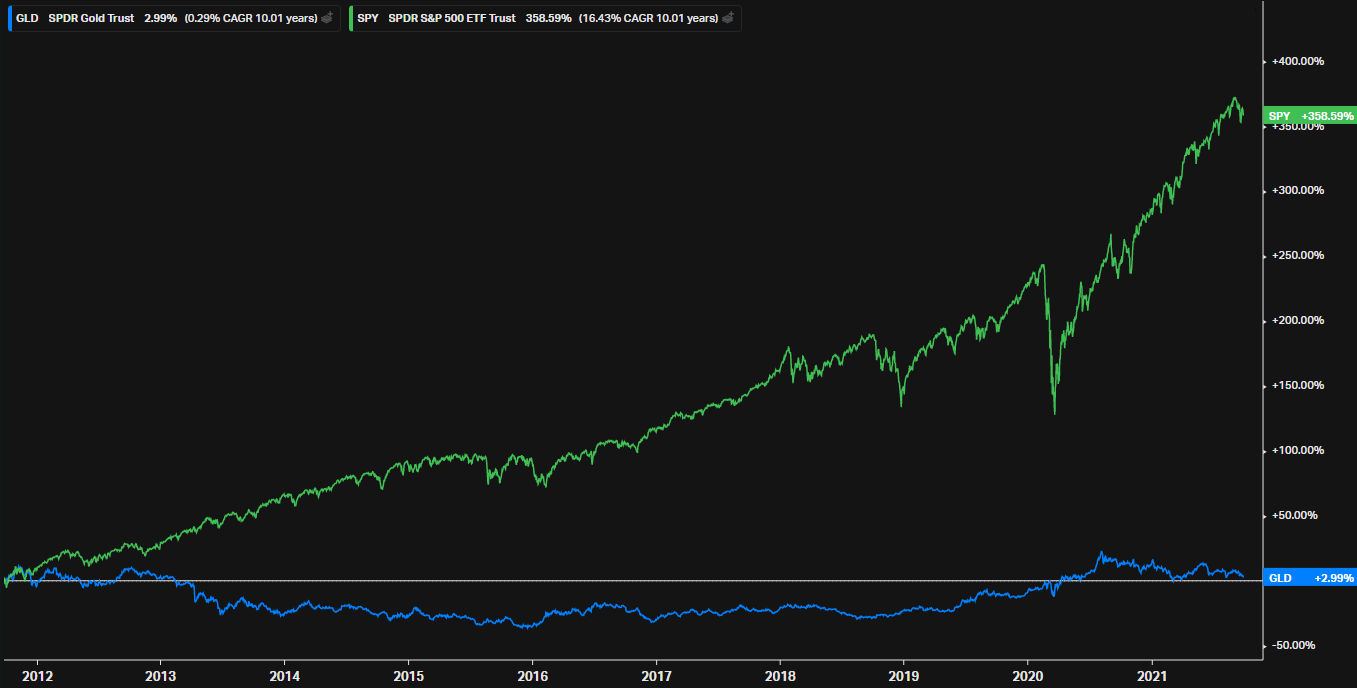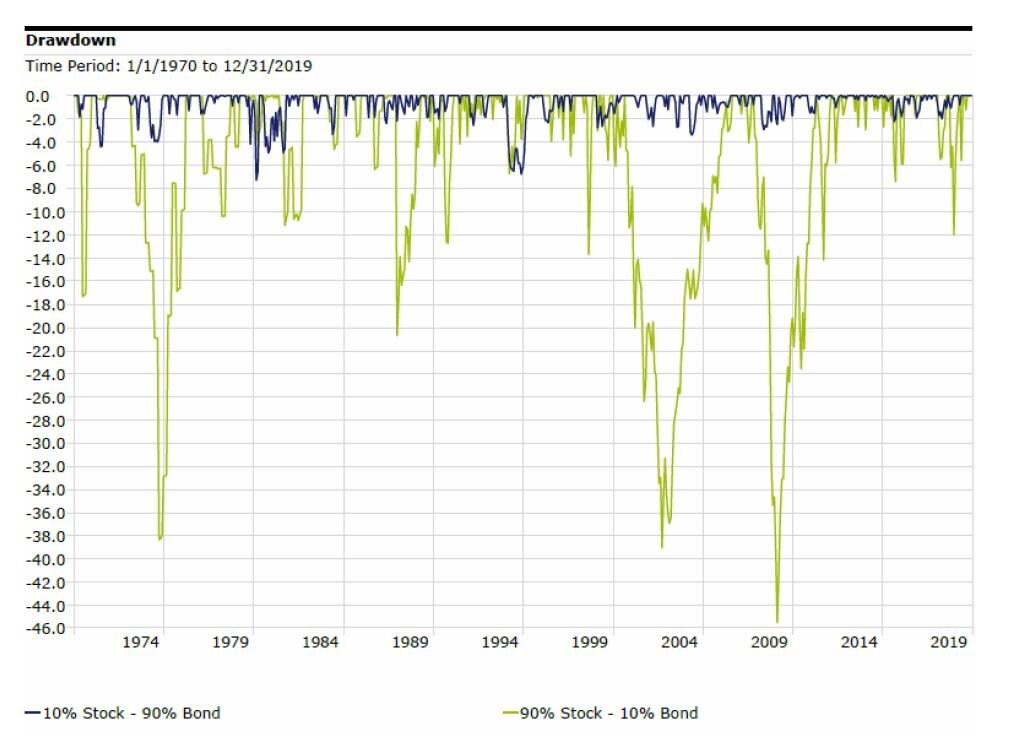 Contributed by: Angela Palacios, CFP®, AIF®
Contributed by: Angela Palacios, CFP®, AIF®
“The best-laid plans of mice and men often go awry” is a nice way of saying bond market experts had beautifully laid out projections of interest rate increases for the rest of this year, but those projections have quite possibly been turned on their heads now that they are exposed to reality. However, the Federal Reserve (the Fed) began the potential upward march in interest rates with a .25% increase this month.
Remember from my writing last year, the Fed increases interest rates in an effort to temper inflation. Recent events in Russia put the Fed in a difficult position because they feel pressured to move away from their ultra-accommodative policy. However, the longer the Russia/Ukraine conflict persists, the more unlikely it is that the US economy will be unscathed, as we are seeing with energy prices right now. Raising interest rates will not combat inflation caused by a spike in energy prices nearly as easily (not that it was easy before). It may even risk pushing the economy into a stagflationary environment (a period of low economic growth with high inflation).
The bonds markets have accounted for a large amount of these rate increases already (pricing six 0.25% rate increases in 2022, giving a 50% change of a .5% rate increase occurring at the next meeting in May). However, we are still seeing rates jitter up and down as bond markets try to digest rate liftoff coupled with inflation and the Russia/Ukraine crisis.
So while Chairman Powell is still standing firm that they will utilize increasing interest rates (approximately six more times this year) to combat inflation, plans can often change!
Angela Palacios, CFP®, AIF®, is a partner and Director of Investments at Center for Financial Planning, Inc.® She chairs The Center Investment Committee and pens a quarterly Investment Commentary.
This market commentary is provided for information purposes only and is not a complete description of the securities, markets, or developments referred to in this material. Any opinions are those of the author and not necessarily those of Raymond James. There is no guarantee that these statements, opinions or forecasts provided herein will prove to be correct. Investing involves risk and you may incur a profit or loss regardless of strategy selected. Past performance does not guarantee future results. Diversification and asset allocation do not ensure a profit or protect against a loss.



















 and
and 






